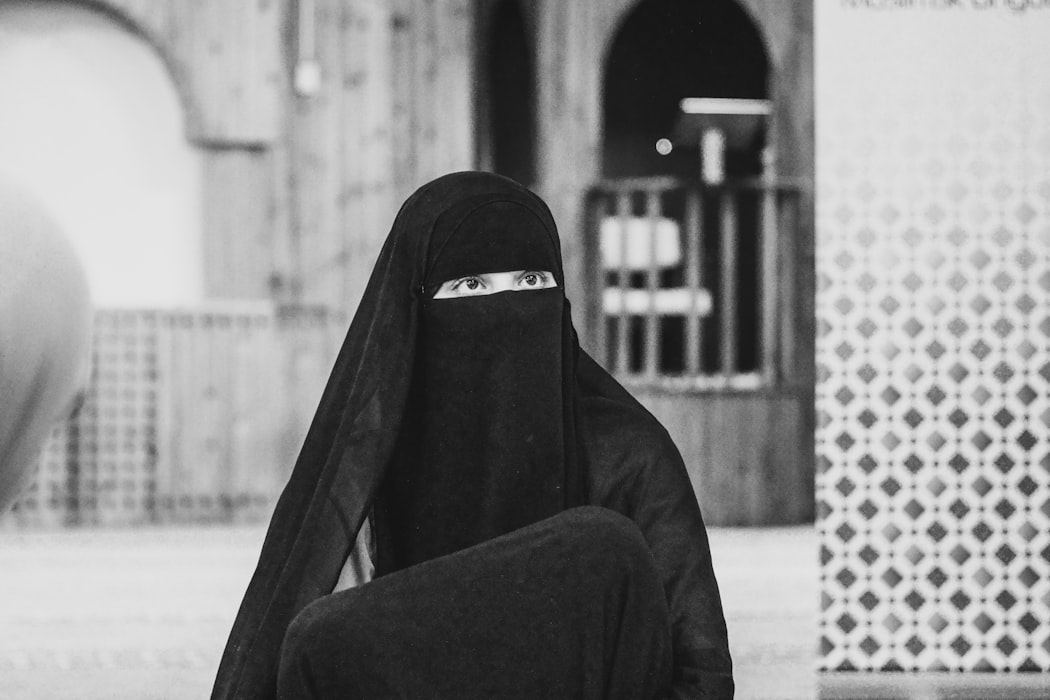In June 2019, Quebec’s Laicity Act (Bill 21), was passed by Quebec’s national assembly to ban teachers, police officers and other public employees from wearing religious symbols such as hijabs, niqabs, turbans or kippahs while at work.
Civil rights groups and non-profit organizations like the Canadian Civil Liberties Association have tried to challenge the bill before the Quebec Court of Appeal. In December 2019, two out of three judges denied the group’s request to temporarily suspend the bill until the courts could decide on the law’s constitutionality.
In December 2020, a 14-day trial in Quebec Superior Court was scheduled to hear closing arguments and testimonies from experts, civil servants and Quebecers. Both sides provided their arguments about the bill’s constitutionality with regards to the rights and safety of those who wear religious symbols. Justice Marc-André Blanchard told the court that he will come to a decision of the bill’s legislation sometime after February.
Natasha Bakht, professor of law at the University of Ottawa and author of In Your Face: Law, Justice and Niqab-Wearing Women, spoke to Ryerson students and faculty on behalf of the midwifery education program about the scrutiny and systemic racism niqab-wearing women face on a day-to-day basis.
The Ryersonian spoke to Bakht about her experience interviewing nine niqab-wearing women in Ontario and Quebec and what it means to be a niqab-wearing woman in the social and political climate in Canada today.
What inspired you to write about niqab-wearing women?
My interest in writing about niqab-wearing women arises out of what I have perceived over the last decade to be a flagrant disregard for their basic dignity and human rights. As a legal scholar, I was particularly interested in uncovering and remedying existing inequalities and, of course, preventing their reoccurrence. My primary preoccupation with this work is to unpack the reasons given by the majority to constrain the actions of a small minority.
How did you find these nine women?
So I conducted semi-structured interviews of niqab-wearing women who live in Ontario and Quebec. I reached out to potential interviewees through various national Muslim organizations, but these attempts actually did not result in any contact. I was able to connect with a few women through my own contacts in the Muslim community in Toronto, which led to a small snowballing effect and allowed me to reach other interviewees. In the end, I was able to interview nine women to supplement those voices. I also drew on media interviews with niqab-wearing women, editorials written by them and affidavits filed in conjunction with cases involving niqab-wearing women.
What were some false assumptions people would associate with niqab-wearing women?
There was an assumption that niqab-wearing women do not want to work in the paid labour force. This is not only false but harmful to women who may need employment to subsist. Some of the women I interviewed were able to find employment while still wearing the niqab. Others had forgone employment or had removed the niqab in order to make ends meet.
Given that many people make negative and often contradictory assumptions about niqab-wearing women as assertive, silent, unsociable, unexpressive, boring and unwilling to integrate into society, while also finding them aggressive, radical and untrustworthy — I specifically asked each of my interviewees about these assumptions and how they saw their role in Canadian society. All of the interviewees saw themselves as active members of their communities, rejecting the notion that the niqab prevented their full participation in public life.
What were your initial thoughts on Bill 21 and the banning of garments like the niqab in parts of Canada and the world?
I should say that politicians have played a particularly shameful role in perpetuating the exclusion of Muslim women from public life, suggesting that the niqab is an affront to national values and merely making such declarations is enough (with) no further explanation to be required. It’s simply taken for granted that covering one’s face is problematic. The majority becomes victimized by the minority’s practices. But no evidence of this victimization is provided in uncovering some of the legal prescriptions of the niqab and other experiences of niqab-wearing women. My hope is that we might get to know niqab-wearing women and ourselves better.
What are some best practices in ensuring that people make the effort to understand niqab-wearing women and their stories?
I really think the most effective way of understanding minority religious practices is to speak to the people involved. There’s a lot that’s been written by niqab-wearing women (like) op-eds and editorials. The CBC in particular has done some really great work. I think hearing from the people who are most affected by these kinds of issues is really the best way to know how to deal with people who have a different lifestyle or different ways of living than the rest of us.
This article may have been created with the use of AI tools such as

